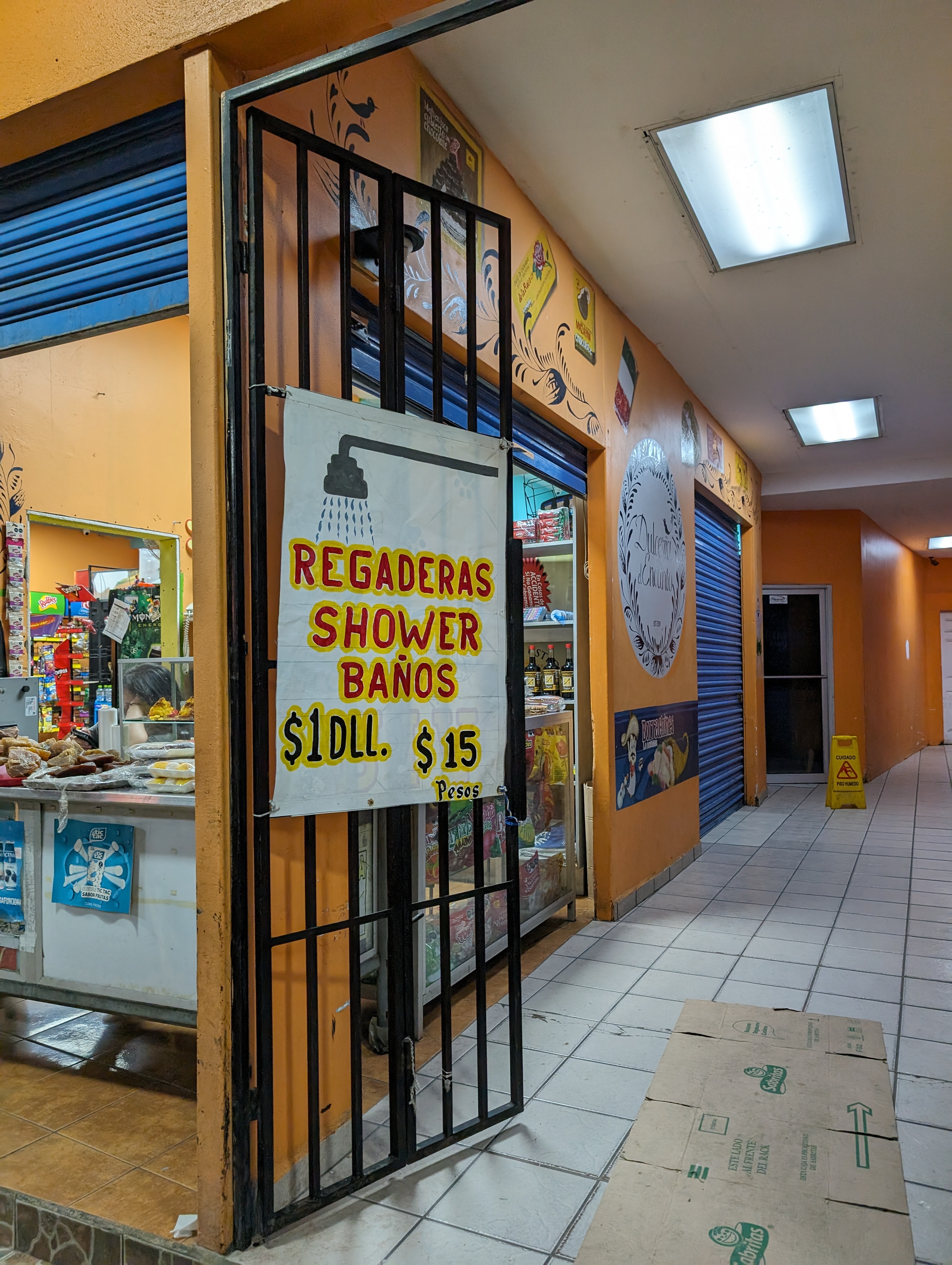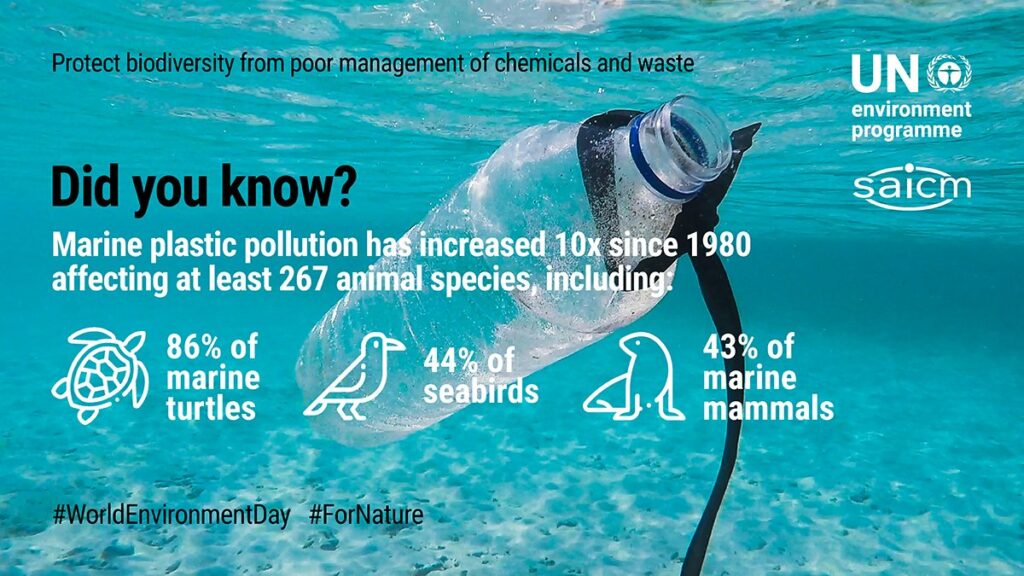
Access to Water, Sanitation, and Hygiene for People Experiencing Homelessness in Tijuana and San Diego

Introduction
Access to water, sanitation, and hygiene are essential for reducing disparities and improving health and well-being among people who inject drugs, especially those who are unhoused. It also benefits public health for the region as a whole. This article explores the challenges faced by people experiencing homelessness in accessing these basic necessities in Tijuana and San Diego.
Challenges Faced by People Experiencing Homelessness
Experiencing homelessness increases the difficulty of finding toilets, bathing facilities, and clean water sources. This is particularly challenging for individuals who are unsheltered or living on the streets. Compared to participants with housing, those who were unsheltered were 3.1 times more likely to be unable to access clean water sources for wound cleansing and abscesses, and 2.6 times more likely to be unable to access clean water for preparing drugs for injection. They were also twice as likely to be unable to access basic drinking water, 1.8 times less likely to have bathing opportunities, and 1.7 times less likely to have access to sanitation.
Differences Between Tijuana and San Diego
Participants residing in Tijuana reported a lack of access to basic drinking water and body and hand hygiene significantly more often than those living in San Diego. In Tijuana, only 30 percent of people had access to basic hygiene (handwashing with water and soap), and 37 percent had access to bathing facilities, compared to 47 percent and 50 percent respectively in San Diego.
Possible Solutions
While San Diego provides more public access to water, sanitation, and hygiene services, both cities face similar challenges and can implement similar solutions. The study authors suggest two solutions:
- Provide safe and secure places to live with access to safe water and sanitation to improve overall health and well-being.
- Expand access to mobile hygiene services and public restrooms for those who do not have traditional housing. This could involve extending hours of operation for existing public facilities, creating more public restrooms, increasing the number of mobile water, sanitation, and hygiene service providers, and integrating showers and toilet facilities into harm reduction programs.
Importance of Access to Water, Sanitation, and Hygiene
Providing everyone with access to drinking water, sanitation, and hygiene services is necessary to prevent disease transmission and improve public health in the region. It is crucial for achieving the Sustainable Development Goals (SDGs), particularly Goal 6: Clean Water and Sanitation, and Goal 3: Good Health and Well-being.
Funding
This research was funded, in part, by the National Institute of Drug Abuse, the National Council of Science and Technology in Mexico, the Fogarty International Center of the National Institutes of Health, and the National Institute of Environmental Health Sciences.
Conclusion
Access to water, sanitation, and hygiene is a fundamental human right. Ensuring that people experiencing homelessness have access to these basic necessities is crucial for their health and well-being. By implementing solutions that address these challenges, we can work towards achieving the SDGs and improving public health in the region.
Authors and Disclosures
- Lourdes Johanna Avelar Portillo, UC San Francisco
- Daniela Abramovitz, UC San Diego
- Shira Goldenberg, Shawn Flanigan, Penelope J. E. Quintana, all of San Diego State University
- Alicia Harvey-Vera, UC San Diego and Universidad de Xochicalco
- Carlos F. Vera, UC San Diego
- Steffanie Strathdee, principal investigator, UC San Diego School of Medicine
Disclosures: The authors report no conflicts of interest.
SDGs, Targets, and Indicators Analysis
1. Which SDGs are addressed or connected to the issues highlighted in the article?
- SDG 6: Clean Water and Sanitation
- SDG 11: Sustainable Cities and Communities
- SDG 3: Good Health and Well-being
The article discusses the issues of access to water, sanitation, and hygiene for people who inject drugs, particularly those who are unhoused. These issues are directly connected to SDG 6, which aims to ensure availability and sustainable management of water and sanitation for all. The article also mentions the challenges faced by homeless individuals in finding toilets, bathing facilities, and clean water sources, which are relevant to SDG 11’s target of providing universal access to safe, inclusive, and accessible green and public spaces. Additionally, the article highlights the impact of these issues on health and well-being, aligning with SDG 3’s goal of ensuring healthy lives and promoting well-being for all at all ages.
2. What specific targets under those SDGs can be identified based on the article’s content?
- SDG 6.1: By 2030, achieve universal and equitable access to safe and affordable drinking water for all.
- SDG 6.2: By 2030, achieve access to adequate and equitable sanitation and hygiene for all and end open defecation, paying special attention to the needs of women and girls and those in vulnerable situations.
- SDG 11.1: By 2030, ensure access for all to adequate, safe, and affordable housing and basic services and upgrade slums.
- SDG 3.8: Achieve universal health coverage, including financial risk protection, access to quality essential health-care services, and access to safe, effective, quality, and affordable essential medicines and vaccines for all.
The article highlights the need for universal access to safe water and sanitation (SDG 6.1 and 6.2) for people who inject drugs, especially those who are unhoused. It also emphasizes the importance of providing safe and secure housing with access to water and sanitation (SDG 11.1) to improve overall health and well-being. Additionally, the article addresses the impact of these issues on public health, aligning with SDG 3.8’s target of achieving universal health coverage and access to quality healthcare services.
3. Are there any indicators mentioned or implied in the article that can be used to measure progress towards the identified targets?
- Access to clean water sources for cleansing wounds and abscesses
- Access to basic drinking water
- Access to bathing opportunities
- Access to sanitation
- Access to basic hygiene (handwashing with water and soap)
The article mentions several indicators that can be used to measure progress towards the identified targets. These indicators include access to clean water sources for wound cleansing, access to basic drinking water, access to bathing opportunities, access to sanitation, and access to basic hygiene through handwashing with water and soap. These indicators reflect the availability and accessibility of water, sanitation, and hygiene services for people who inject drugs, particularly those who are unhoused.
SDGs, Targets, and Indicators Table
| SDGs | Targets | Indicators |
|---|---|---|
| SDG 6: Clean Water and Sanitation | 6.1: By 2030, achieve universal and equitable access to safe and affordable drinking water for all. | – Access to clean water sources for wound cleansing – Access to basic drinking water |
| SDG 6: Clean Water and Sanitation | 6.2: By 2030, achieve access to adequate and equitable sanitation and hygiene for all and end open defecation, paying special attention to the needs of women and girls and those in vulnerable situations. | – Access to bathing opportunities – Access to sanitation – Access to basic hygiene (handwashing with water and soap) |
| SDG 11: Sustainable Cities and Communities | 11.1: By 2030, ensure access for all to adequate, safe, and affordable housing and basic services and upgrade slums. | – Access to safe and secure housing with water and sanitation |
| SDG 3: Good Health and Well-being | 3.8: Achieve universal health coverage, including financial risk protection, access to quality essential health-care services, and access to safe, effective, quality, and affordable essential medicines and vaccines for all. | – Improved health outcomes through access to water, sanitation, and hygiene services |
Copyright: Dive into this article, curated with care by SDG Investors Inc. Our advanced AI technology searches through vast amounts of data to spotlight how we are all moving forward with the Sustainable Development Goals. While we own the rights to this content, we invite you to share it to help spread knowledge and spark action on the SDGs.
Fuente: today.ucsd.edu

Join us, as fellow seekers of change, on a transformative journey at https://sdgtalks.ai/welcome, where you can become a member and actively contribute to shaping a brighter future.






